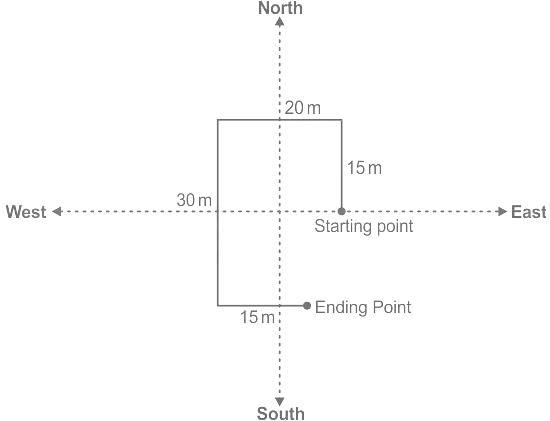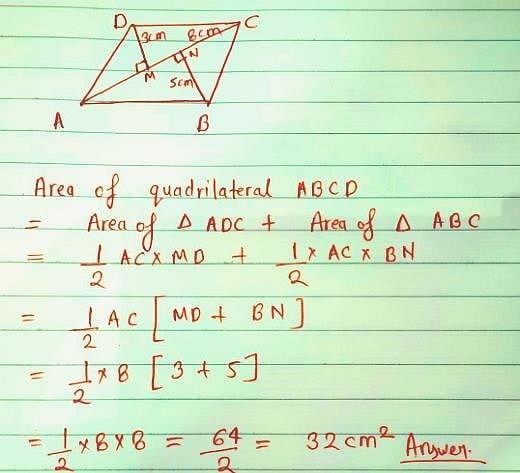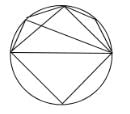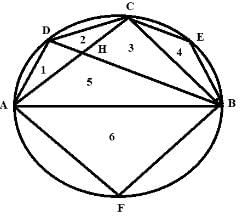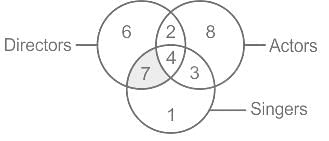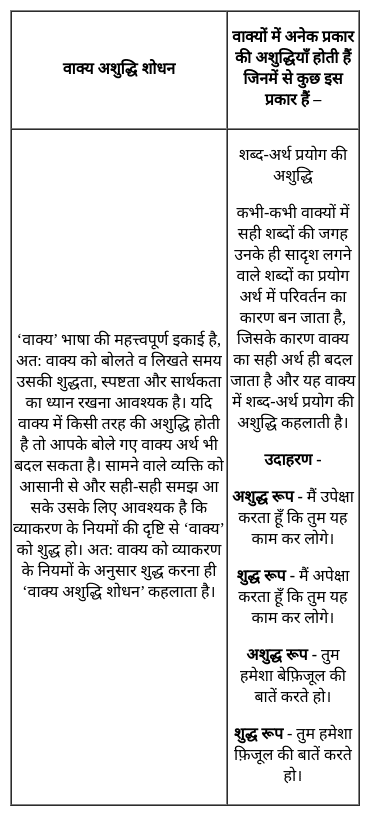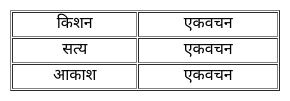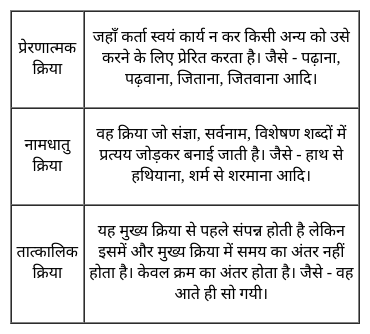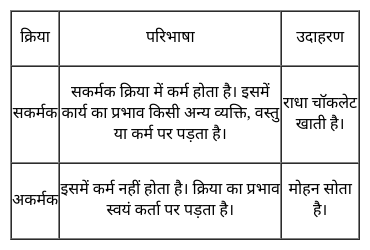Rajasthan PTET Mock Test - 3 - REET MCQ
30 Questions MCQ Test - Rajasthan PTET Mock Test - 3
Direction: If a Paper (Transparent Sheet) is folded in a manner and a design or pattern is drawn. When unfolded this paper appears as given below in the answer figure. Choose the correct answer figure given below.
Find out from the four alternatives as how the pattern would appear when the transparent sheet is folded at the dotted line.
Question Figure

Find out from the four alternatives as how the pattern would appear when the transparent sheet is folded at the dotted line.
Question Figure

Ramu walks 15m towards the north then turns left and covers 20m then covers also 30m by turning south then again turns left and covers 15m. What is the total distance covered by him?
In the adjoining figure, area of quadrilateral ABCD will be


The J&K Express from Delhi to Srinagar was delayed by snowfall for 16 minutes and made upfor the delay on a section of 80 km travelling with a speed 10 km per hour higher than its normal speed. Find the original speed of the J&K Express (according to the schedule)
In the adjoining figure, AB || CD, t is the traversal, EG and FG are the bisectors of ∠BEF and ∠DFE respectively, then ∠EGF is equal to:

Study the following carefully and answer the given question.
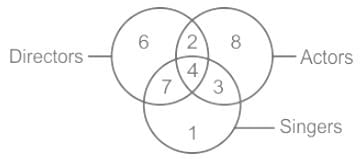
Which region denotes singers, who are directors but not actors?
Which of the following methods of teaching will encourage indirect learning?
How should a newly appointed teacher deal with the situation, if his students don't obey him?
Which of the following is/are not responsible for any effect on teaching ability?
Learners are asked to listen to a set of five sentences from their Environmental Studies textbook as the teacher reads out the sentences twice. Then the learners are asked to discuss in their groups to recall/recreate the sentence, not necessarily the exact sentence, but nearer to the sentences read out. What is this task known as?
The inner force that stimulates and compels a behavioral response and provides specific direction to that response is:
There is a dire need to promote diversity in the educational institutions because of
When is the International Day of Zero Waste celebrated?
The chief characteristic features of the Neolithic culture are
1. Practice of agriculture
2. The technology of smelting metal ore
3. Domestication of animals
Select the correct answer using the codes.
In the QS World University Rankings 2024, what is IIT Bombay's global ranking in engineering?
Consider the following statements:
- The judicial system during the Gupta period was more developed than in earlier times, with clear demarcation between civil and criminal law.
- Guilds of artisans and merchants were governed by state laws rather than their own.
- Kings tried cases with the help of Brahmanas, reflecting the influence of the varna system on judicial processes.
How many of the statements given above are correct?
Which Maratha leader revived the jagir or saranjami system?
विद्यालय की शोभा वही बढ़ा सकता है, जो अनुशाशन में रहे।
'जब तुम आओगे तब वह खाना खायेगा ' रचना के आधार पर वाक्य भेद बताइए।



